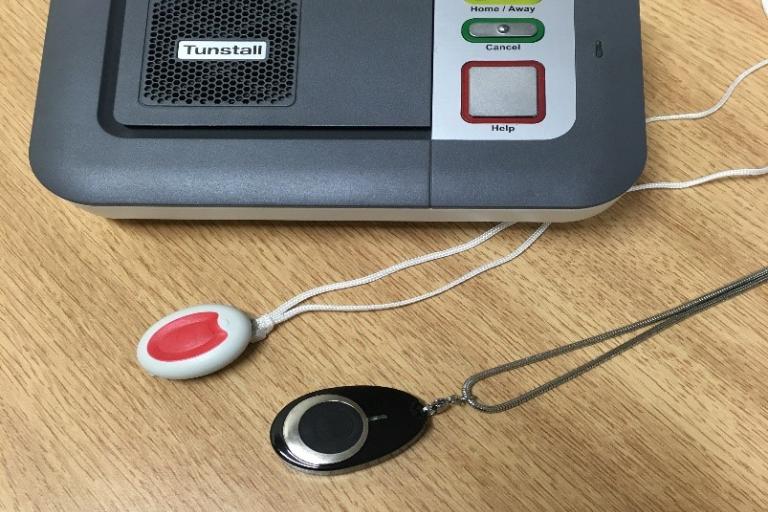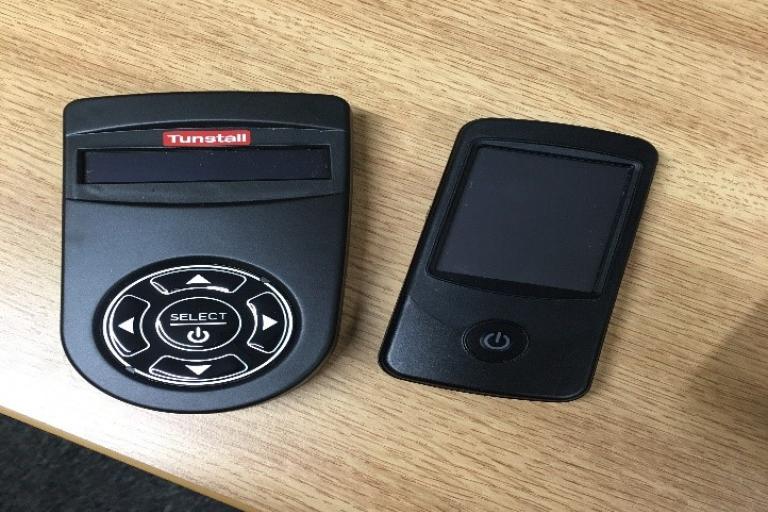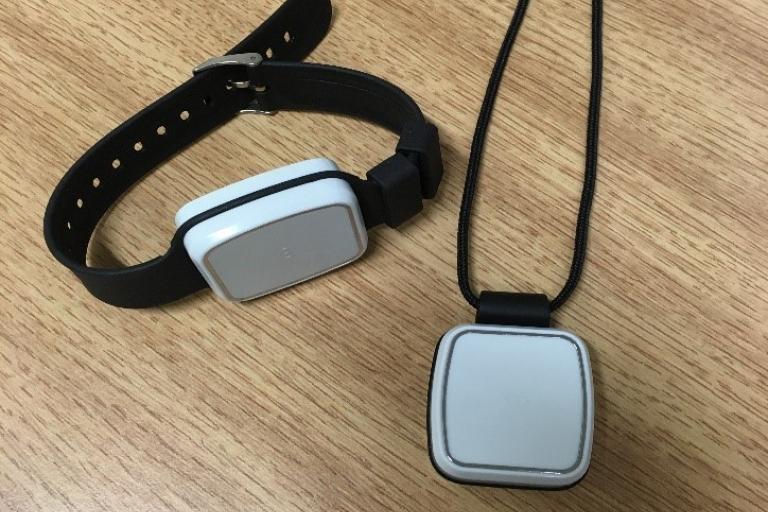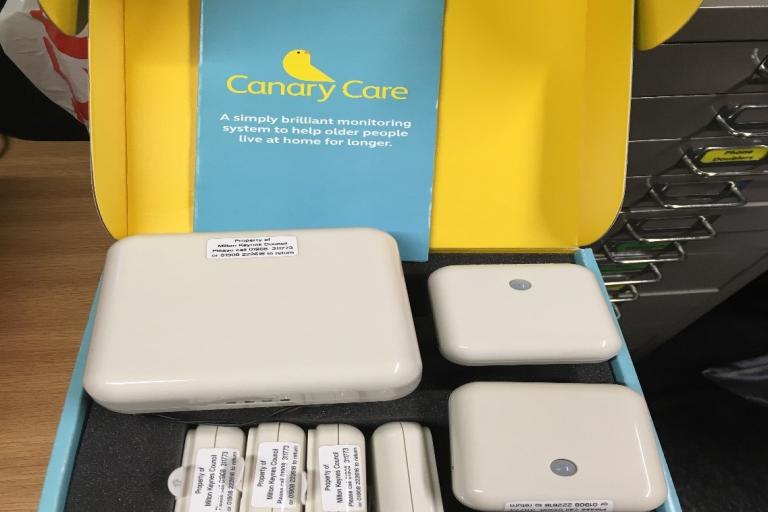Canary Care is a series of sensors that can be installed in a service users’ home to monitor their movements. The sensors are not cameras or microphones.
Each sensor is linked to a base unit that works wirelessly to compile information onto an internet based portal, access to the portal is given to service users family members or representatives. Canary care is used to gather a whole host of information, for example identifying a pattern to someone’s routine, showing if the kettle or fridge has been used or tell you that an external door has been opened when it is not expected to be, such as in the case of someone going outside in the middle of the night.
Alerts from Canary Care are sent direct to nominated persons via text message, app push notification and or email.



